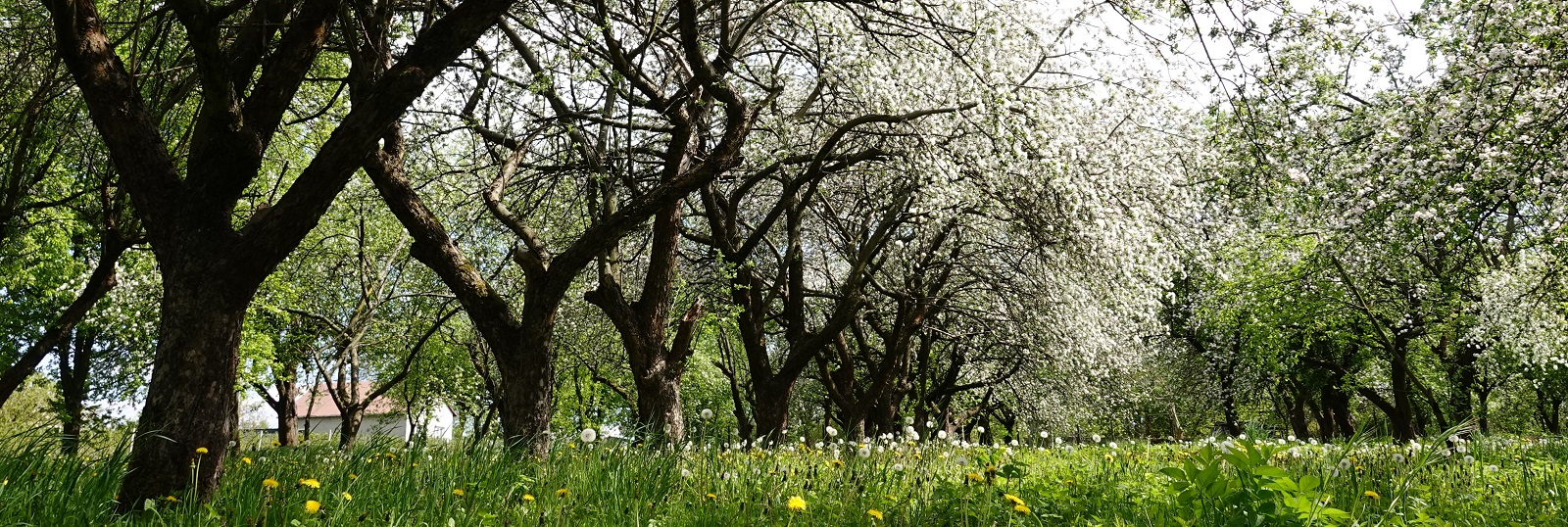
Implementation of the Action Plan (Lodzkie)
One year has passed since the implementation of Action Plan in the Lodzkie region started.
Celebrating Biodiversity Governance (BioGov) is about the improvement of natural and cultural heritage policies. We want to reach our goal through participatory governance, by way of stakeholder cooperation.
Stakeholders include
Stakeholder cooperation means
The expected changes are more effective policies due to improved governance and broad stakeholder support, projects using participatory governance and/or policy instruments that actively encourage participatory governance as a new priority.
As outcomes, partners will increase their capacity to facilitate Multi-Stakeholder Partnerships in their region, to engage in interregional learning, to learn to produce and communicate best practice narratives. Study visits - as part of interregional partner meetings - enable project staff to meet regional stakeholders and dialogue about policy improvement.
Biodiversity and cultural landscapes are at the core of our regional identities. In our view, effective natural and cultural heritage policies are rooted in deliberation about, as well as care for and celebration of nature that sustains us.
€1,274,301.00
Environment and resource efficiency
The Provincial Development Framework is a new policy instrument, connecting 26 laws dealing with the development of nature, landscape, environment, economic activity, cultural heritage, tourism and infrastructure at regional level in the province of Fryslân. For nature-related topics, it addresses the protection of species in the National Ecological Network, ecological corridors, meadow bird grasslands, and foraging areas for geese. Despite nature protection policies of the last decades, many species are in a strong decline.
Silent Spring is becoming a reality in Fryslân. A new approach is needed. The provincial government is aware that citizens and stakeholders want more responsibilities and that the roles and relationships between government and its citizens are changing.
The province is looking for ways to develop and reinforce these new roles and relationships. The public dialogue phase of the Provincial Development Framework runs parallel with the Interreg project. Hence it is a good opportunity to address nature-related policy issues that can be improved with new governance models.
In 2014, the Flemish Parliament Act on Land Development was adopted. The objective of article 2.1.9. of the Flemish Parliament Act on Land Development is to deliver
an improved tool for annual compensation for (groups of) user(s) by creating and implementing a biodiversity management vision of a given area (describing objectives, measures and results). This Act thoroughly modified the procedures and possibilities of land development, among them the need for cooperation and involvement of private and local stakeholders. In smart growth projects such as ports, new high ways or new industrial areas, the responsible parties need to compensate loss of biodiversity. This can be achieved creating nature areas or by stimulating biodiversity on landowners’ lands.
To tackle biodiversity decline, article 2.1.9. of the Act on Land Development has to be improved by developing and implementing a Ministerial Decree for compensation of services. The ‘tool’ should provide customized solutions to reach biodiversity targets for a certain area based on negotiation between affected stakeholders. With the BIoGov project, VLM aims to develop the tool ‘Compensation for services’, to achieve a higher quality for nature than the baseline value. The aim is to develop this tool for the Flemish region, so these can be used by national, regional (e.g. provinces) and local authorities (e.g. ports).
LIOP aims at sustainable economic growth and efficient use of natural resources through TO6 Environment and resource efficiency, priority Axis 4: Environmental protection through biodiversity conservation measures, specific objective 4.1: Protection and conservation of biodiversity and restoration of degraded ecosystems.
Actions include:
A. Measures to maintain and improve conservation status of Community importance species and habitats, including in Natura 2000 sites.
B. Monitoring and evaluation of conservation status of Community importance species and habitats.
C. Actions aiming at increasing knowledge of biodiversity and ecosystems.
D. Maintenance and restoration of degraded ecosystems and services such as afforestation and ecological corridors outside of protected areas.
LIOP investment priorities need to support the development of territorial management plans and cooperation models based on broad stakeholder support. Policy instrument 4.1.D. aims to offer a framework to design conservation measures for ecological corridors, by engaging stakeholders. However, Romania faces a fragmented and politicized public administration, lack of transparency leading to mistrust from civil society, lack of local capacity and the legacy of a culture which did not encourage initiative on the part of communities nor public-private partnerships (Partnership Agreement with EU, 2014). BioGov improves the LIOP policy instrument by strategically engaging formal and informal stakeholders.
The ERDF Regional OP Galicia 2014–2020 Investment Priority 6.4 focuses on Protection and restoration of biodiversity and soil and promotion of ecosystem services, including Nature 2000 areas and ecological infrastructure. Specific objective 6.4.1: Foster the management, protection and maintenance of the soil, natural areas and biodiversity, in particular those protected, including measures to alleviate the problems of erosion, salinization, desertification, deforestation and low level of organic matter in the soil. Action 085 Protection and strengthening of biodiversity, protection of nature and ecological infrastructure. Action 089 Rehabilitation of industrial zones and contaminated land.
The Regional OP Galicia needs to improve to promote:
- technical and scientific knowledge about the elements under conservation through studies, inventories, identification of the main threats and design of management measures,
- improve the sustainable use of semi-natural habitats, restoration actions and protection of priority habitats required by the EU,
- undertake the study of the most adapted measures from the point of view of the active conservation and put into practice intervention and protection of natural ecosystems, groves and meadows, elaboration of a database that allows the management of the primary data of threatened species of flora and fauna and actions outside the network of protected areas that contribute to achieving the conservation objectives of Nature 2000.
The Swedish Parliament has adopted 16 environmental quality objectives, to ensure that, by 2020, the country’s major environmental problems have been solved. Objective 16 is ’to preserve and use biodiversity in a sustainable way for future generations’. Many species and habitats are disappearing. Much is being done to protect the ecosystem and to stop biodiversity loss, but ‘this process goes too slow’. Land and water are used intensively; future demands for resources increase. It is essential to meet these demands without overexploiting the ecosystems.
The government installed a body (Miljömålsrådet) to monitor progress with all environmental quality objectives. Miljömålsrådet has also defined concrete steps to be taken: 'Economic and political decisions shall take into account the value of biodiversity and make visible how to preserve, cultivate and use the landscape'. ‘Miljömålsrådet’ recently listed actions to be implemented to achieve the goal of this policy instrument: to develop conditions for green infrastructure and preserving ecosystem services, to better handle the landscape in infrastructure planning of various authorities, to work with biological rich transition zones between forest and agriculture, and to take better concern of cultural relicts within forestry.
In the context of the OP priority 2.6.4., Protecting and restoring biodiversity and soil and promoting ecosystem services, including through Natura 2000, and green infrastructure, the Slovenia Ministry of Environment and Spatial Planning will implement actions that contribute to high-quality and visitor-attractive interpretation of the significance of successful biodiversity conservation to provide key ecosystem services for the most significant Natura 2000 sites, where efforts to establish synergies with protection and interpretation of cultural heritage are made. In forestry, Natura 2000 sites are managed through forest management plans (FMP), governed by forestry legislation to become plans directly required to preserve Natura 2000 sites in forests.
However, there is an overlap of measures for conservation of different habitats and species in a number of regulations. This overlap prevents historical use of forests by the local inhabitants: sustainable, small-scale forestry which made Slovenia one of the biodiversity hotspots of Europe with well-preserved forest habitats. There is a clear need to screen contradictory regulations and forest uses, identify good practices, develop an advanced system of participatory governance to overcome conflicts of interest, while providing all required nature conservation measures. The OP can be improved by stakeholders developing an action plan and by learning from lessons in different EU states participating in BioGov.
The Regional Operational Programme for the Lodzkie Region 2014-2020 (ROP) is an operational programme financed by the ERDF and the ESF. The area of its implementation covers the Lodzkie Region. The Programme provides for support on 10 thematic objectives, while it concentrates its resources on the following main priorities: innovation and support to enterprises, low-carbon economy, transport infrastructure, revitalization and boosting the endogenic potential of the region, boosting employment and combating poverty. The priorities are aligned with the EU 2020 Strategy for a smart, sustainable and inclusive growth.
The main aim of the priority V.4 – Nature protection is to support actions connected with environmental protection, better effectiveness of the natural resources exploitation and better adaptation to climate changes. In addition, priority V.4 pointing out as particularly important activities dedicated to halting biodiversity loss and supporting ecological awareness through different educational, promotional and information programmes. Thus it is essential for the Lodzkie region to be a part of the “BioGov” project to support policy-learning in the field of stopping ecosystem degradation.
The objective of the Operation Programme 'Environment' is to improve the conservation status of species and habitats within the Natura 2000 network. It envisages support for the management (capacity) of Natura 2000 sites; investments for Natura 2000 species and natural habitats; complementary analyses and research of species and natural habitats of the Habitats and Birds Directive; development and management of ecosystem services; and develop shared vision for Natura 2000 network in Bulgaria.
Bulgaria exhibits impressive biodiversity richness. However, only 25% of these habitats have a favourable conservation status. There is a need for policy improvement to involve new actions:
(i) Coordination in mapping, assessing, valuating and monitoring ecosystems;
(ii) Support for species and their habitats
(iii) Limiting the spread of invasive alien species; and
(iv) Limiting the impacts of climatic change.
To allow for efficient implementation of the above actions, the OP has to put more focus on: (i) ecosystem management with increased participation of local communities, local and regional authorities and the private investors; (ii) improvement of management capacity of the Natura 2000 managers in exchange of best practices, studies abroad and other capacity development events; and (iii) involvement of more stakeholders to use the financial resources of the OP by acknowledging their roles in the protection of environment and increase of biodiversity in the Natura 2000 sites.

One year has passed since the implementation of Action Plan in the Lodzkie region started.
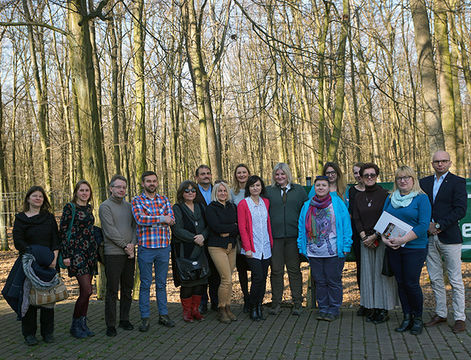
Discussion about the main assumptions of the project called "Memorial Fruits".

Meeting and study visit in Santiago and surroundings
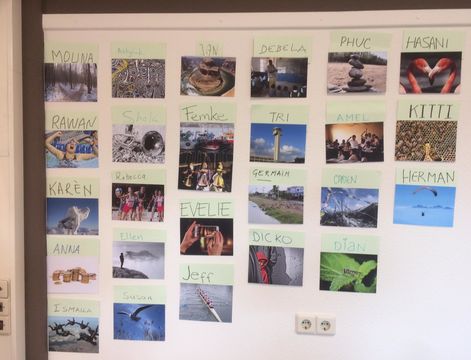
International professionals and stakeholders develop scenarios for policy dialogue in Fryslan
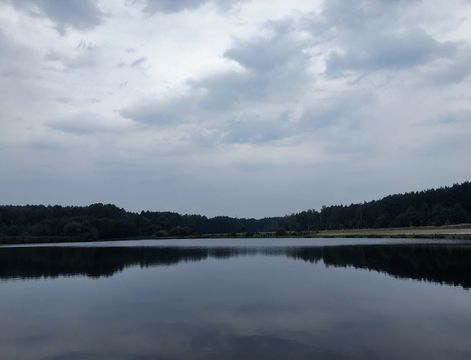
The focus of the meeting was to explore the possibility of linking tourist and natural heritage.
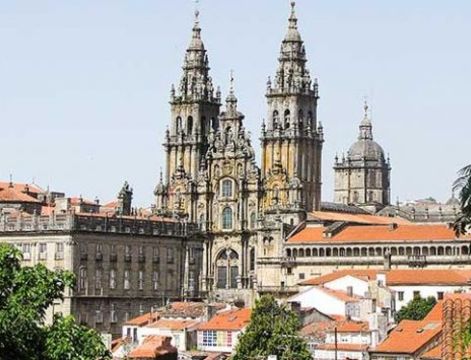
Exchange of results during partner meeting and peer review
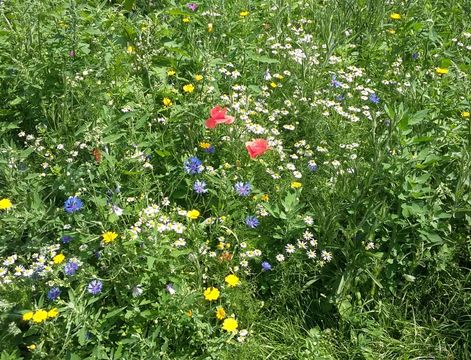
BIOGOV Fryslân on the way to community vision on biodiversity
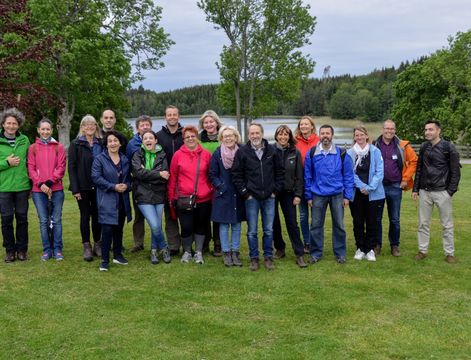
Visit of BIOGOV partners from Romania, Poland, Spain and Slovenia to Sweden

Partners from Romania and Belgium visited Lodzkie Region for a study visit

First meeting of BIOGOV project stakeholders in Belitsa, Bulgaria